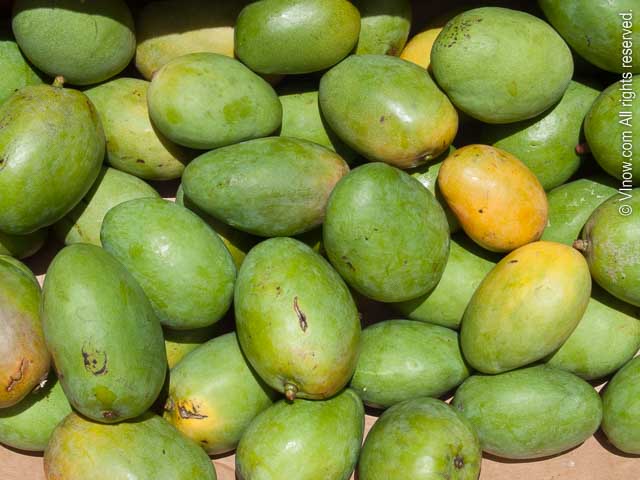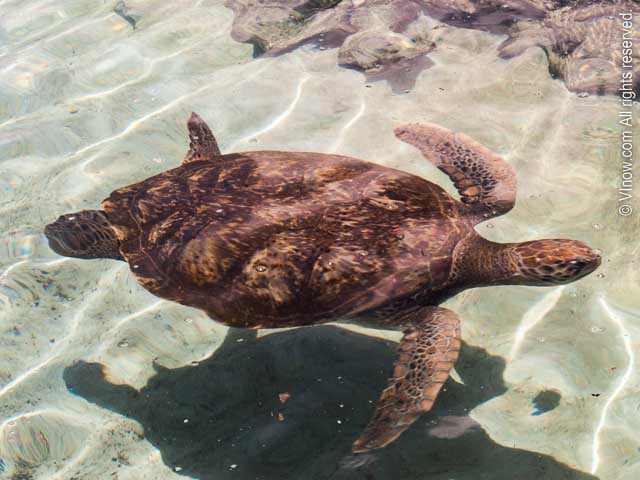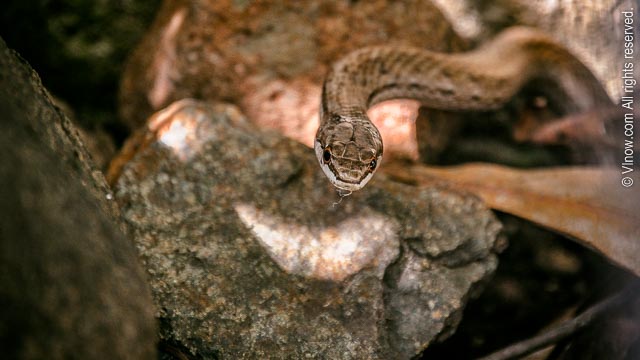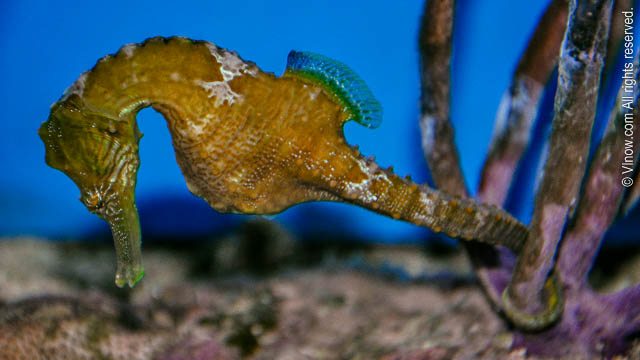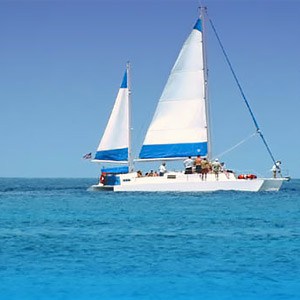In the U.S. Virgin Islands when home owners are selecting trees and bushes for their gardens a popular choice is tropical fruit bearing trees. These might include a wild array of fruit such as; coconuts, mangos, soursop, sugar apples, guava, papaya – just to name a few. Some of these produce fruit year round while others are seasonal. So what’s fruiting in the backyard right now?
Mango
Mangos are used as food, for juice, for flavoring and as a fragrance. Unripe the fruit’s skin is green; when ripe it can be yellow, orange and red. The skin can be eaten but it contains a sap that some people find irritating to the skin. The fruit, depending on variety, can be 2 to 9 inches long and might be kidney shaped or oval. The flesh is yellowish-orange, fragrant and has a sweet taste which varies from variety to variety. Inside is a single oblong seed. The fruit has the best flavor if allowed to ripen on the tree.
Mango trees are attractive shade trees; their branches reach outward and are filled with evergreen leaves. The tree’s canopy can be full and rounded or more upright and slender. They are long-lived, some known to be over 300 years old.
Carambola (or Star Fruit)
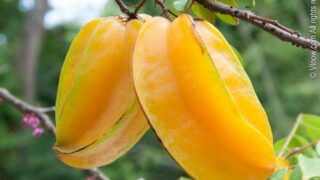
The carambola tree is small to medium in height reaching 20-30 feet. They are generally evergreen trees but sometimes lose their leaves when grown in cooler areas. Carambola trees grow fast in good conditions and begin producing fruit within 4-5 years.
Figs
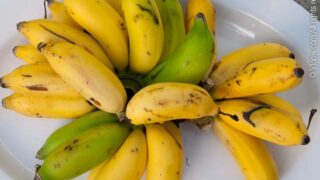
The fig tree looks like a banana tree, but neither is really a tree at all but a large herbaceous plant. The huge leathery leaves of the fig plant grow out from the top of the ‘stem’ which is actually made up of many overlapping leaf bases.
Sapodilla (or Mespel)
Sapodilla fruit are also known as mespels in the U.S. Virgin Islands. They are small fruit with slightly rough brown skin and a pale yellowish-brown to reddish-brown flesh. The flesh is usually gritty, similar to that of a pear, and contains smooth black seeds. The shape of the fruit is round to egg-shaped. The flesh inside is edible once ripened. A ripe sapodilla is soft to the touch. Unripe fruit contain latex so full maturity of the fruit is critical to edibility and good taste. The flavor of the fruit is unique but is sometimes described as malty and having a likeness to caramel.
A sapodilla tree grows only in warm environments and takes 5-8 years to bear fruit which it does 1-2 times a year. The tree is a medium to large evergreen. The tree is the source of chicle, a principle ingredient in chewing gum.
While visiting the U.S. Virgin Islands be sure to try some local fruit. Road-side fruit stands often have a nice selection of locally grown fruit, in addition to some brought in from neighboring islands. Both St. Thomas and St. Croix also have market days a few times a month and these open-air markets often have a selection of locally grown fruit. Another great opportunity to sample local fruit is to attend the annual Agricultural Fairs on St. Thomas and on St. Croix.

